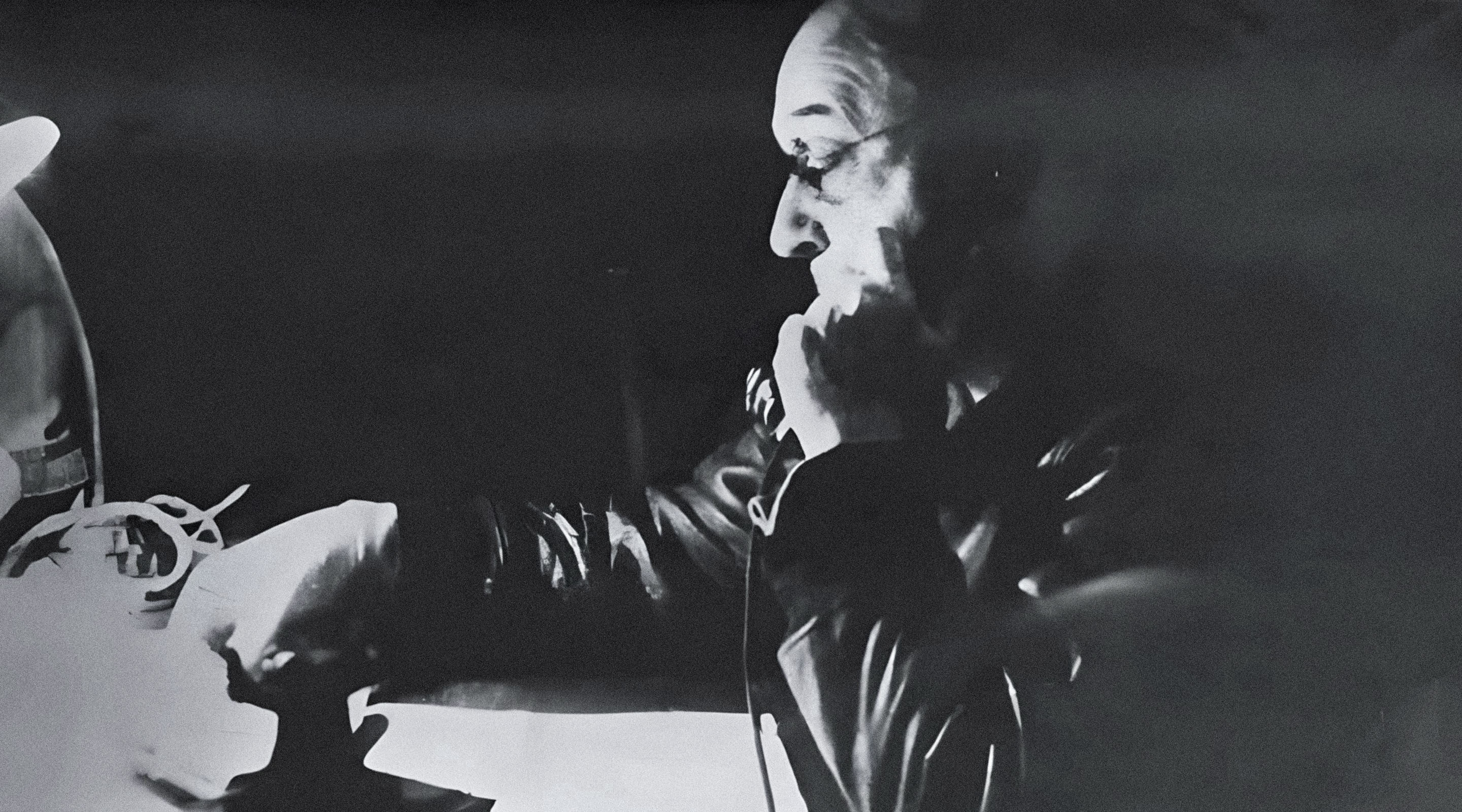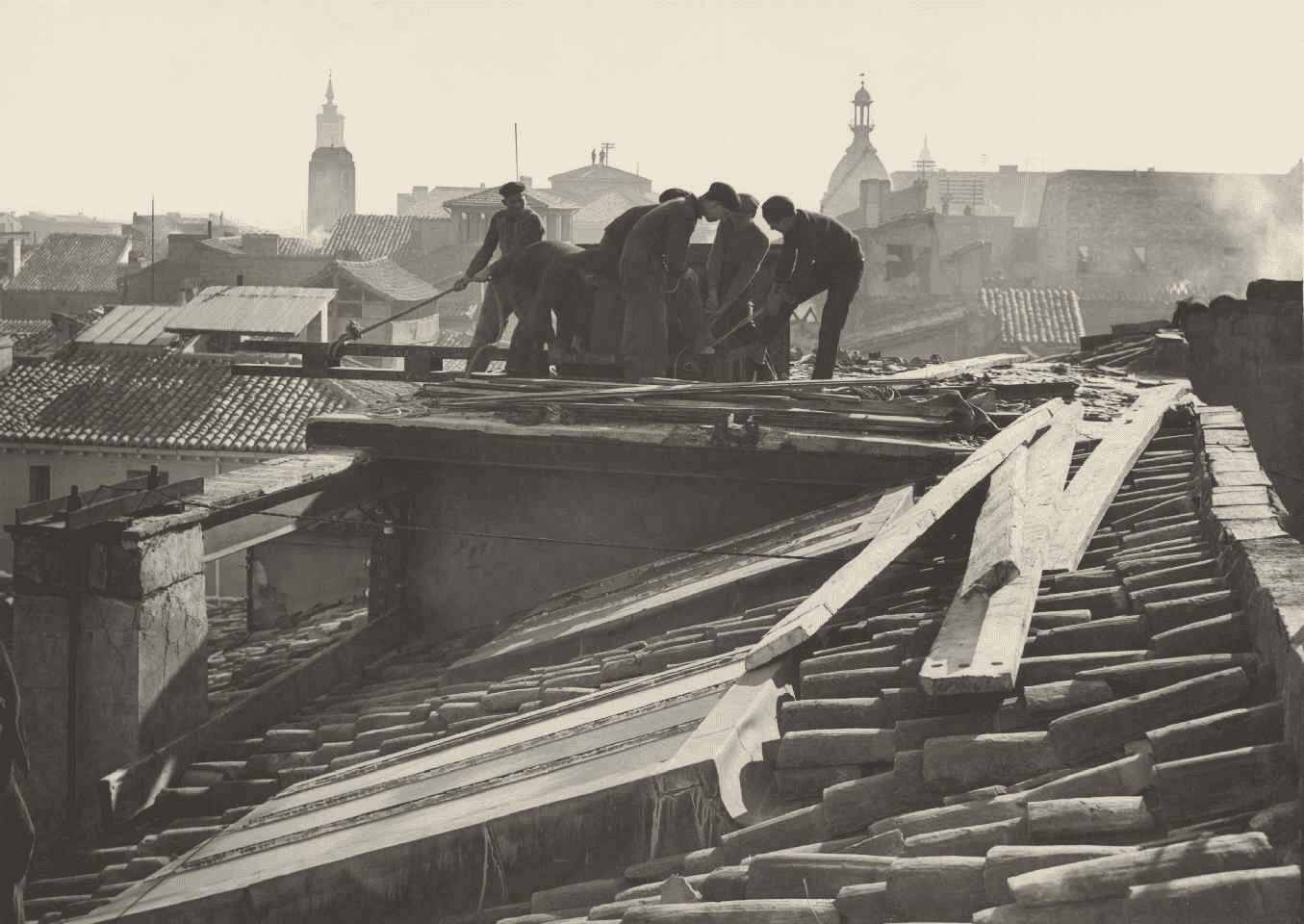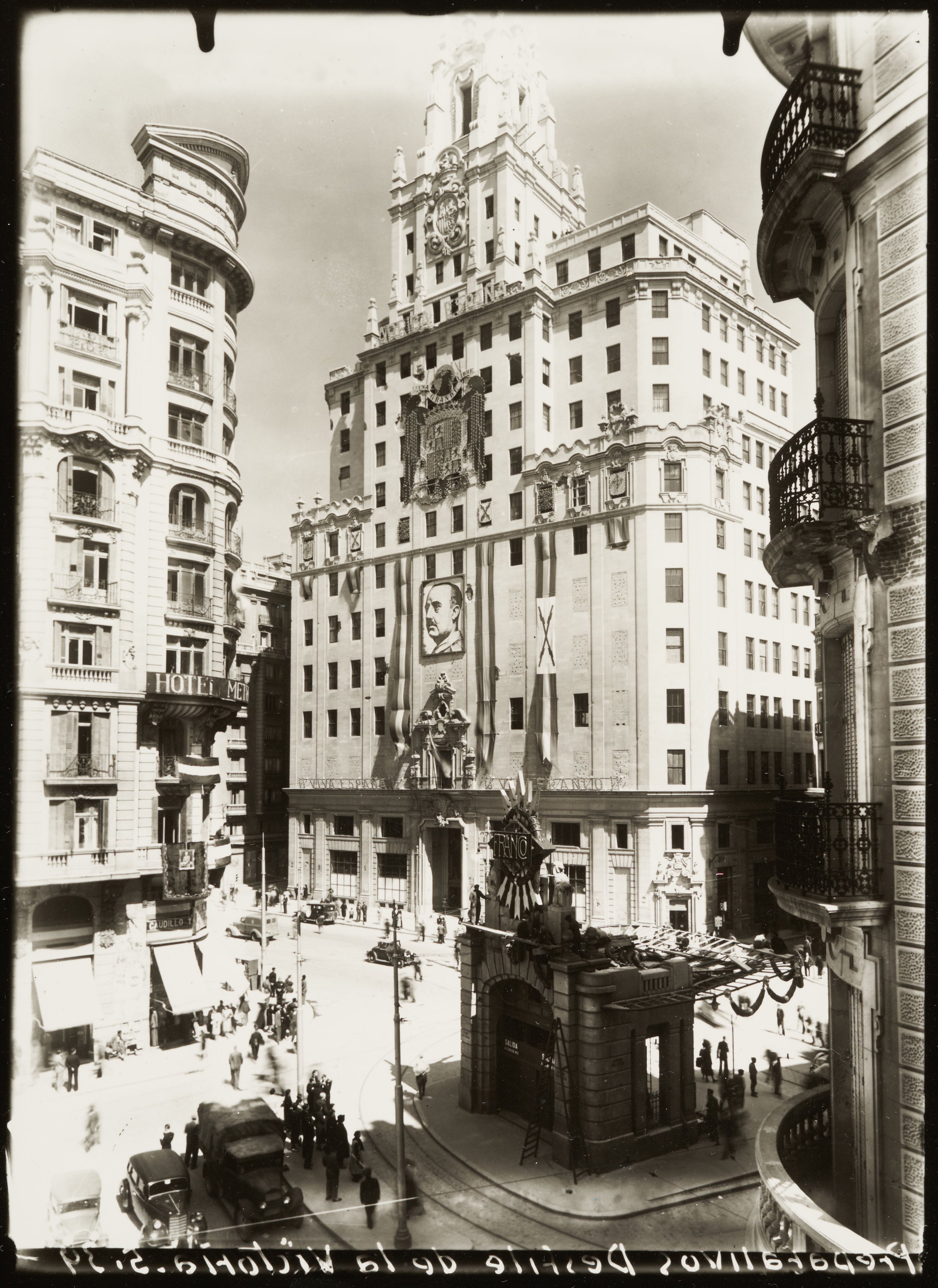
1939

The CTNE continues to maintain a fundamental service such as communications despite the precariousness and difficulties of the war.
Third year without normality
01
As the Civil War draws to a close, the country remains divided. The CTNE has managed to continue to provide services at all times and to cover communications needs while maintaining a certain degree of neutrality and even timidly boosting its infrastructure and network growth. According to the company's financial report, at the end of December 39, the number of stations in service exceeds 291,000. It can be read: "It will not be hidden from the shareholders that the year 1939 has not been one of normality, so these figures can be considered satisfactory as proof of the vitality of the company", Estanislao de Urquijo y Ussía, Chairman of CTNE. Meanwhile, the telephone remained a fundamental tool for military strategy, as evidenced by the photograph of General José Moscardó giving instructions to the troops in January 1939.

The giant resisted
02
In March 1939, a month before the end of the Civil War, the so-called Siege of Madrid came to an end, and with it the daily attacks on the Gran Vía building, the headquarters of the CTNE. Despite the siege it suffered, as it was located on a high point in the capital and only six blocks from the front, in the Casa de Campo, Madrid's first skyscraper stoically withstood the hundreds of grenades and even shells that hit its structure. Once the war was over, the damage was repaired and work began on planning for its extension, which would continue throughout the following decade, although no longer under the command of Ignacio de Cárdenas, its architect, who went into exile at the end of the war.

Do you have doubts about what happened?
Ask Aura